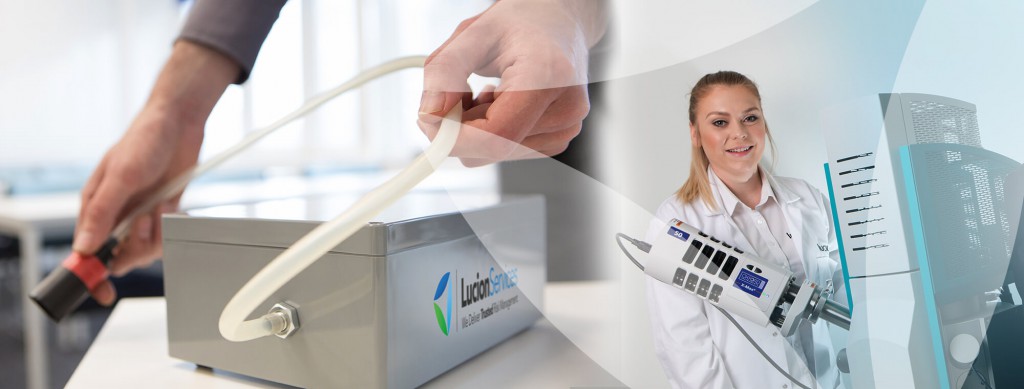HOW TO EFFECTIVELY MANAGE ASBESTOS IN SCHOOLS
13 September 2017
There are strict Health and Safety Executive (HSE) and legal duties on schools aimed at reducing the risks to health that asbestos contained in building materials (ACMs) poses, and there should no longer be any excuse for anyone being exposed to potentially dangerous levels of airborne asbestos fibres in education premises.
To address this situation, the Control of Asbestos at Work Regulations 2012 (CAR 2012) seeks to minimise the risk of harmful effects of exposure to asbestos.
Specifically, Regulation 4 of the CAR 2012) includes an explicit duty for those in control of premises to identify and manage any asbestos present. This responsibility falls to the duty holder, which in many cases is the person or organisation that has clear responsibility for the maintenance or repair of the premises. Depending on the type of school, this can be the local authority, the governing body, owners or trustees.
The duty holder is required to assess and manage the risks from asbestos to employees and others and must ensure that anyone who is likely to work on or disturb, asbestos is provided with information about its location and condition.
To do this, the Regulations require a written asbestos management plan setting out what steps are to be taken to manage any ACMs present in the building. The duty holder must take reasonable steps to find out if there are ACMs in the premises and if so identify how much, where it is and what condition it is in. This is usually done by a person competent in carrying out an asbestos survey, with the results recorded in an asbestos register.
The asbestos management plan needs to be updated regularly and, along with the register, should be made available to anyone visiting or working on a school site.
Government policy considers that asbestos that remains in good condition and is unlikely to be damaged or disturbed is not a significant risk to health as long as it is properly managed. Only when ACMs are disturbed or damaged is the risk of exposure increased through the release of airborne fibres.
Regular inspections and checks by the duty holder of the condition of ACMs are therefore essential and this should include details of any precautionary or safeguarding measures that are needed.
As part of this requires an assessment of the risk associated with each identified occurrence of asbestos in the school is required. The assessment must take into account the type of building material present, the type of asbestos it contains and a priority assessment of the likelihood of someone disturbing the material based on a number of factors.
To help with this task, modern air monitoring and analytical techniques provided by scanning electron microscopy (SEM) provides the means to accurately measure the levels of asbestos fibres present in air samples taken from schools.
SEM’s ability to detect fibre presence to a much lower level than standard technology, and to differentiate asbestos fibres from other types such as those from clothing, means it can effectively be used to properly assess workplace risk and ensure that appropriate remedial action is taken. In this way, periodic air sampling using SEM can provide the reassurance needed that children and teachers are not being exposed to harmful asbestos fibre levels.
Asbestos Is Schools White Paper
With widespread concern over the potentially harmful effects of asbestos in schools, modern air sampling and analytical techniques have the ability to better protect the health and safety of teachers and pupils. There is no safe limit of asbestos for people to breathe and we want everyone with a responsibility for safety in our schools to better understand the situation.
The white paper has been designed to provide important information to those who manage asbestos in buildings, in particular those who are responsible for the maintenance of the property and teachers.
.png)
Download From NexGen
What Should You Do If You Discover Asbestos?
Does your team know what to do in the event that they find asbestos? Use our simple asbestos discovery flowchart to inform your teams about what to do when suspected asbestos is discovered.
Download Now
Why The UK Needs Tighter Asbestos Controls
The white paper has been designed to provide important information to those who work in schools, in particular those who are responsible for the maintenance of the property and teachers. Our white paper outlines why the UK ought to adopt measures in force in other European nations, who already share the same overriding EU legislation Directive 2009/148/EC on the protection of workers from the risks related to exposure to asbestos.
_1.png)
Download From NexGen


 NexGen
NexGen












